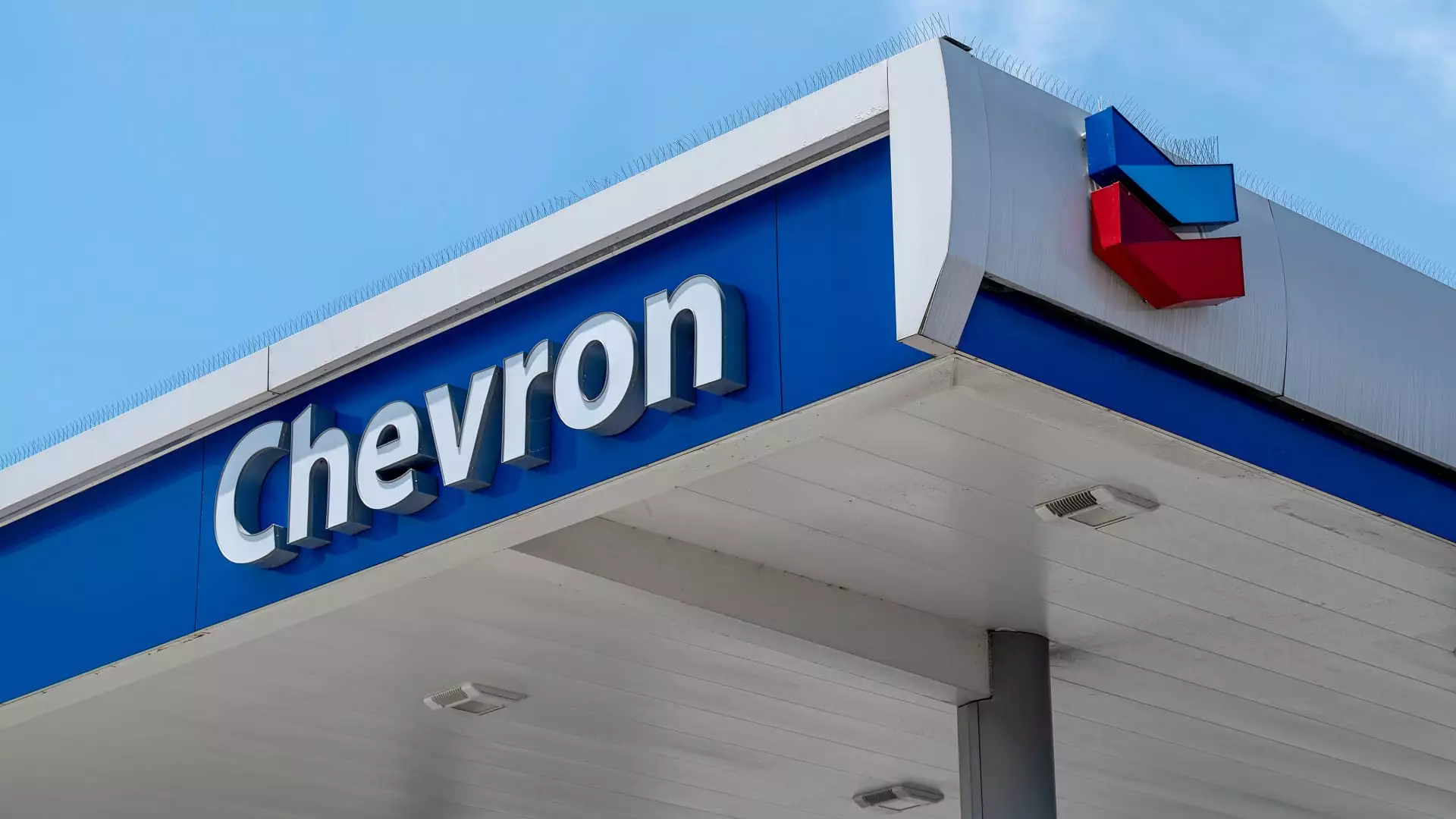In today’s evolving financial landscape, the inclusion of dividend-paying stocks in investment portfolios has become increasingly strategic, offering a multifaceted approach to achieving both income and long-term growth. This method not only aims to enhance the total return on investments but also provides a buffer against market volatility through diversification. Understanding the dynamics surrounding dividend stocks is crucial, especially as interest rates fluctuate—a factor currently favoring their attractiveness.
As interest rates decline, investors often look for alternative sources of income, propelling dividend-paying stocks into the spotlight. Traditionally, bonds and fixed-income securities have been the go-to options for generating passive income. However, with yields on such instruments diminishing, dividend stocks emerge as a compelling substitute. Their appeal lies not only in the regular payouts but also in the potential for capital appreciation as the companies mature and their earnings grow.
Moreover, well-researched recommendations from seasoned Wall Street analysts can guide investors in selecting high-potential dividend stocks. By examining a company’s financial health, analysts gauge its capacity not just to distribute dividends but also to increase them over time, aligning investor interests with corporate growth.
This week, we spotlight Chevron Corporation (CVX), a behemoth within the oil and gas sector. Recent reports highlighted that Chevron surpassed expectations for its third-quarter results in 2024, returning a remarkable $7.7 billion to shareholders. This included $4.7 billion in share buybacks alongside $2.9 billion in dividends, making it an enticing option for income-focused investors. At a quarterly dividend of $1.63 per share—an annualized yield of approximately 4.1%—Chevron is positioned to attract dividend seekers.
Analyst Neil Mehta from Goldman Sachs has reiterated a ‘buy’ rating for Chevron, adjusting his price target from $167 to $170, driven by optimistic projections surrounding the company’s operational efficiencies, particularly at its Tengiz project in Kazakhstan. Mehta emphasized the potential for substantial free cash flow improvements in the coming years, along with Chevron’s strategic approach to capital allocation, which has enabled the firm to maintain robust shareholder returns despite fluctuating economic conditions. In light of expected production increases in the Gulf of Mexico and ambitious cost-cutting goals, Chevron stands out as a dividend stock with solid growth prospects.
Another attractive dividend play is Energy Transfer (ET), a midstream energy firm that has recently confirmed a quarterly cash distribution of $0.3225 per common unit. This marks a commendable 3.2% increase year-over-year and translates to a yield of 6.8% based on its annualized distribution. Analyst Jeremy Tonet of JPMorgan has reasserted a ‘buy’ rating on Energy Transfer, lifting his price target from $20 to $23.
Tonet’s positive outlook is underpinned by the company’s superior earnings in the third quarter, which outperformed expectations significantly. Energy Transfer maintains an optimistic full-year adjusted EBITDA guidance ranging from $15.3 billion to $15.5 billion, with the potential for exceeding even the highest forecasts. Additionally, the integration of recent acquisitions and ongoing projects aimed at boosting system efficiencies are expected to drive long-term growth. Given these factors, Energy Transfer offers investors an optimal entry point.
Rounding out this discussion is Enterprise Products Partners (EPD), a stalwart in midstream energy services. The company’s recent distribution of $0.525 per unit for the third quarter, reflecting a 5% annual hike, positions it well in the current market. With an annual yield of 6.4%, EPD has established itself as a reliable income generator.
JPMorgan’s Tonet lauded EPD’s performance, attributing growth to the successful commencement of new natural gas processing plants and favorable market conditions. EPD’s focus on operational efficiency and financial prudence enhances its appeal, particularly as it plans to initiate stock buybacks within a planned range of $200 to $300 million in the upcoming years. This commitment to shareholder returns, paired with its extensive market position—boasting the largest integrated NGL footprint—solidifies EPD’s status as a resilient player capable of weathering industry cycles.
As investors navigate the complexities of the stock market, dividend-paying equities present a unique opportunity to secure income while diversifying their portfolios. Stocks like Chevron, Energy Transfer, and Enterprise Products Partners exemplify how dividends can be a strategic component of a robust investment strategy. By leveraging analyst insights and focusing on companies with sound financial fundamentals, investors can position themselves for long-term growth and financial stability in an unpredictable economic climate.

